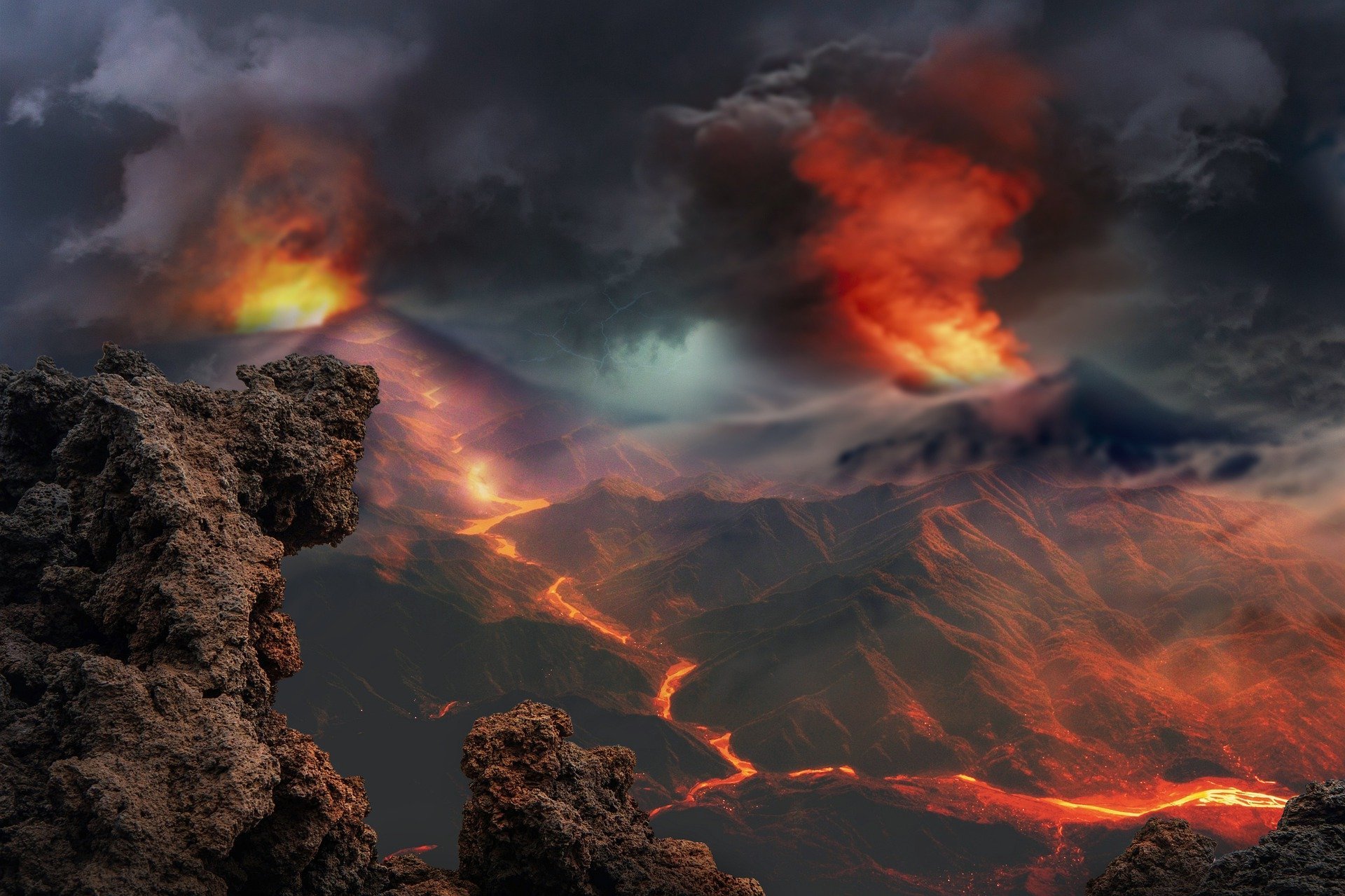THE recent volcanic eruption in La Palma has aroused the concern of many citizens unsure if in their region there could be any type of active volcano as dangerous as the one that has erupted in the Canary Islands.
The reality is, Spain has more than one hundred volcanoes scattered throughout the country.
Although the most famous and notable are those found in the Canary archipelago, there are also several volcanic areas in mainland Spain, including: Cabo de Gata (Almeria), Campo de Calatrava, (Ciudad Real), Cofrentes (Valencia), Columbretes Islands, Castellon, Zona Volcànica de la Garrotxa Natural Park (Girona) and Campo de Cartagena (Cartagena), to name but a few.
The majority of these, however, are volcanos that scientists have classified as extinct.
What is the difference between an erupting, active, dormant, or extinct volcano?
An erupting volcano is an active volcano that is experiencing an eruption as in the case of the Cumbre Vieja volcano in La Palma.
An active volcano is a volcano that has erupted in the past 10,000 years. An active volcano might be erupting or dormant.
A dormant volcano is an active volcano that has the potential to erupt again.
An extinct volcano is a volcano that has not erupted in over 10,000 years and is unlikely to erupt again in a comparable time scale of the future.
In the case of the volcanic area in Andalucia, specifically in Cabo de Gata (Almeria), the volcanoes have been extinct for millions of years.
In fact, the volcanic activity in the area, essentially underwater, stayed active until about 6.5 million years ago and although Cabo de Gata is an area with numerous volcanoes, there is no scientific evidence that any of them could become active.
Tourists have long been drawn to the volcanic formations in the area, a volcanic complex which includes: Cerro del Fraile, Cerro Gallardo, Morron de los Genoveses, Caldera El Plomo, Cerro de la Testa, Cerro de la Vela Blanca, Cerro de la Revancha, Morron de Mateo, Area volcánica de Cobdar, Cabezo Maria, Cerro del Hoyazo, Cerro Negro and Majada Redonda.
The Isla de Alboran, belonging to Spain, which lies roughly midway between Spain to the north and Morocco to the south, is also of volcanic origin, classified as extinct.
READ MORE:
- WATCH: Volcano spews lava on Canary Island of La Palma in Spain
- IN PICS: Dramatic images of volcano erupting on La Palma in Spain’s Canary Islands





